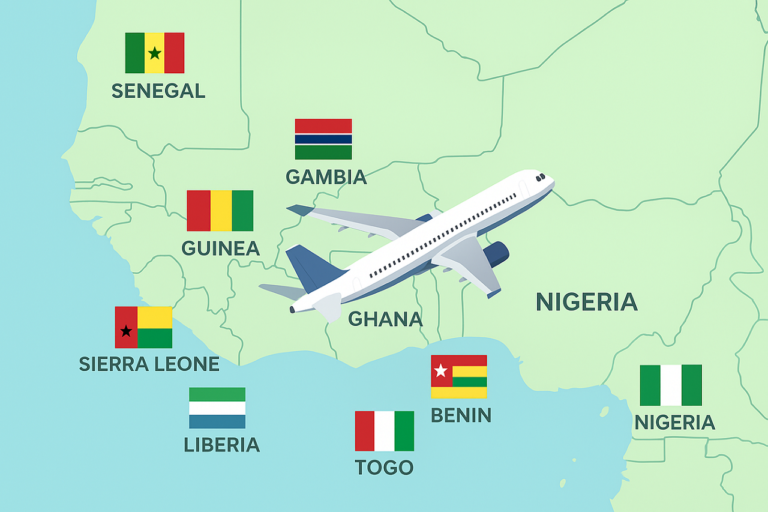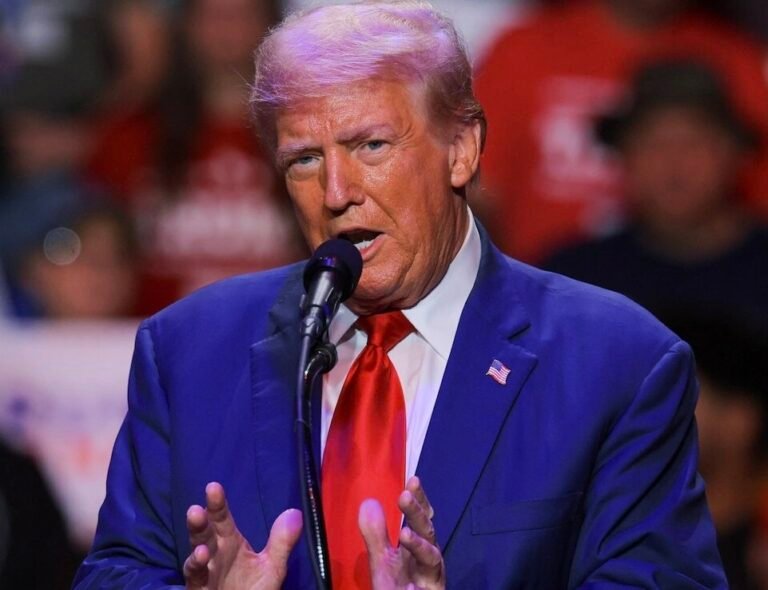Last month, Nigeria finally gazetted its Provisional Schedule of Tariff Concessions under the African Continental Free Trade Area (AfCFTA), and it did so with little fanfare. But behind that quiet policy act is a moment of continental significance: the continent’s largest economy on board means the vision of a unified African free trade area just got brighter.
By gazetting the Provisional Schedule of Tariff Concession (PSTCS), Nigeria becomes one of the 23 African countries implementing a zero duty on 90 percent of their imported goods. Acknowledging its potential in the regional trade, the country’s officials say the development “strengthens our role in shaping the future of African trade and unlocks new opportunities for businesses and exporters.”

When the African countries established AfCFTA in 2018, they aimed to promote intra-African trade and allow free access to goods and services on the continent among its member nations. The methodology is the removal of importation tariffs on 90 percent of goods traded among African countries. Based on the number of signatory countries, the AfCFTA will create the largest single market in the world.
According to the Central Bank of Nigeria (CBN), Nigeria stands to benefit from boosting its businesses to other African countries, increasing manufacturing output with substantial profit and employment opportunities. The economic benefits, experts noted, will add to Nigeria’s Gross Domestic Product (GDP), with a potential increase in the number of companies listed on the Nigerian Stock Exchange. And these benefits are mutual.
Between 2018 and 2035, Africa’s intra-continental trade is expected to grow by an estimated 109 percent in countries that adopted the reforms. In South Africa, for instance, AfCFTA-aligned tariff liberalisation played a role in attracting over $7 billion in foreign investments in 2024, particularly in green hydrogen and renewable energy ventures that helped keep the lights on for a record 372 days.
At face value, Nigeria’s agreement to gradually eliminate tariffs on 90 percent of goods, beginning with 50 percent of non-sensitive items over the next five years, may sound technical, but the implications extend as far as giving the small-scale exporters in Kano, agro-processors in Enugu, and tech assemblers in Lagos, the possibility of reaching a continental market of 1.4 billion people without the strangling cost of tariffs.
Estimates from Nigeria’s Ministry of Trade and Investment suggest the country could expand its export capacity by $79 billion over the next decade under AfCFTA. That’s not just revenue for the government, it’s jobs, industries, and new livelihoods for the people. In fact, the federal government projects that a free trade agreement could create up to 11 million jobs and contribute between 15 and 17 percent to national GDP growth.
A study revealed that Ghana also achieved success in trade integration. The country benefited from harmonised market access after the first consignment of goods, which involved containers of cosmetics and drinks taken to South Africa under the AfCFTA agreement, was traded.
Acknowledging the potential effects of AfCFTA, the World Bank said a full implementation is likely to reduce poverty and bring prosperity to African countries, adding that a focus on ambitious goals will lead to the actualisation of its full potential.
“The African Continental Free Trade Area (AfCFTA), if fully implemented, could raise incomes by 9 percent by 2035 and lift 50 million people out of extreme poverty.” But to benefit from this, the apex bank continued, “the agreement must accomplish its most ambitious goals, which include harmonising policies on e-commerce, investment, and intellectual property.”















